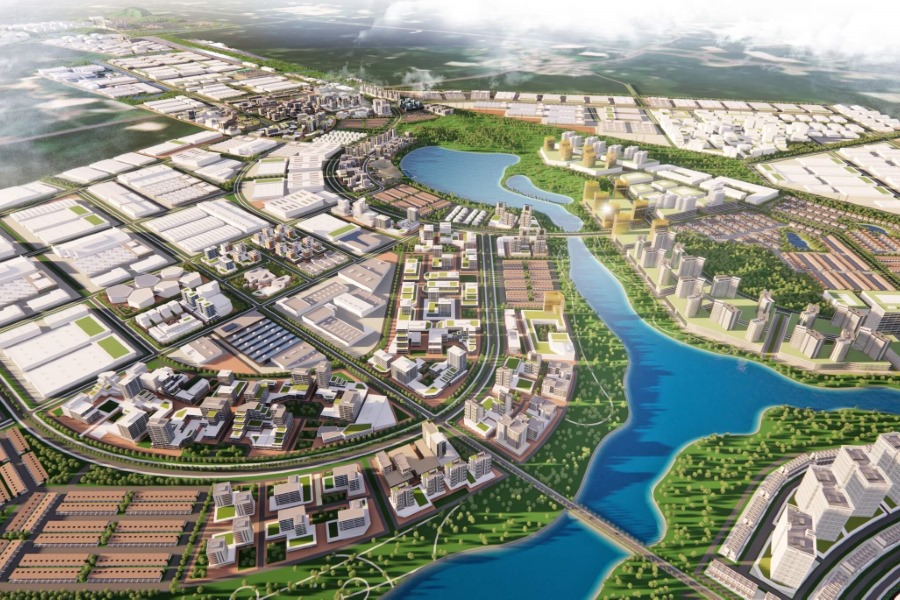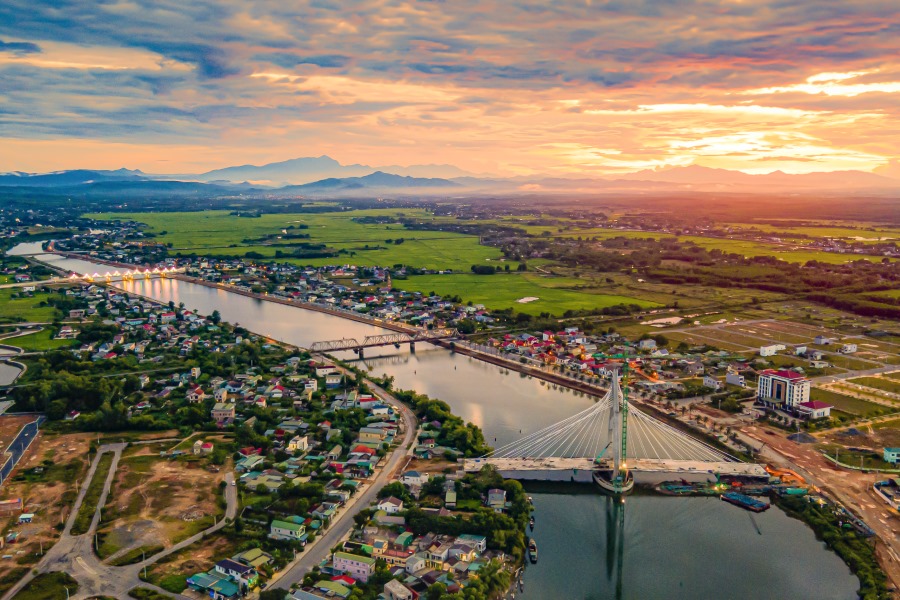CITIES, WELLBEING AND CITIES WELLBEING
Designing cities to improve the urban life quality
SJ Capital
November 2023
Suzhou Industrial Park, a master plan by Surbana Jurong, is reputed as one of the most livable industrial parks in China.
Abstract: The author, an architect and urban planner, discusses the evolving significance of cities’ well-being beyond economic measures. World Economic Forum’s initiatives post-pandemic emphasise on the health of citizens health and urban governance. The issue discusses urban planners’ perspectives on enhancing citizens’ well-being, featuring examples like Indonesia’s Krakatau Steel City’s revitalisation, Malaysia’s Sedenak Technology Valley’s digital township, China’s Ordos Net-zero Industrial Park, and Vietnam’s Quang Tri Master Plan for economic transformation and disaster resilience. The article stresses the need to monitor and improve urban life quality for over half the global population living in cities, aligning with Sustainable Development Goal 11.
Cities, Wellbeing and Cities Wellbeing
As an architect and urban planner, my work has taken me to more than 40
cities in 10 countries – urban and rural – with unique identities and distinctive life qualities. In an
increasingly competitive global world where cities are contending for resources and talent, there is
also a growing focus on wellness as a measure of national performance. In the past, we measured
cities in pure economic terms through their Gross Domestic Product (GDP). However, cities that
excel economically are not necessarily the happiest ones.
Post pandemic, there is a greater focus on citizens’ well-being in terms of both physical and mental
health. Backed by the esteemed and respected global urban platform, the World Economic Forum,
cities’ governance plays a pivotal role in fostering a renewed emphasis on the well-being of their
residents. Since September 2019, the WEF has embarked on a mission to re-evaluate the
connection between cities and healthy living. This endeavour led to diverse initiatives ranging from
urban farming, offering wholesome food options for citizens, to forging partnerships with
corporations to equip job seekers and business owners with the necessary skills to flourish in the
digital economy.
There is no universal method of measuring cities' wellbeing, nor how it pertains to wealth creation.
In the “Urban Design” edition of SEEDS Journal themed ‘Cities, Wellbeing and Cities Wellbeing’, the articles shed light on how cities can enhance the well-being of their
citizens, as seen through the perspectives of Surbana Jurong’s urban planners and designers.
These insightful articles explore various approaches to achieving this goal.
For instance, by embracing a ‘One with
Nature’ philosophy, cities can leverage
landscape strategies to curb pollution
and promote the adaptive reuse of
industrial buildings in revitalised
industrial towns like the ‘Krakatau Steel
City’ in Indonesia.
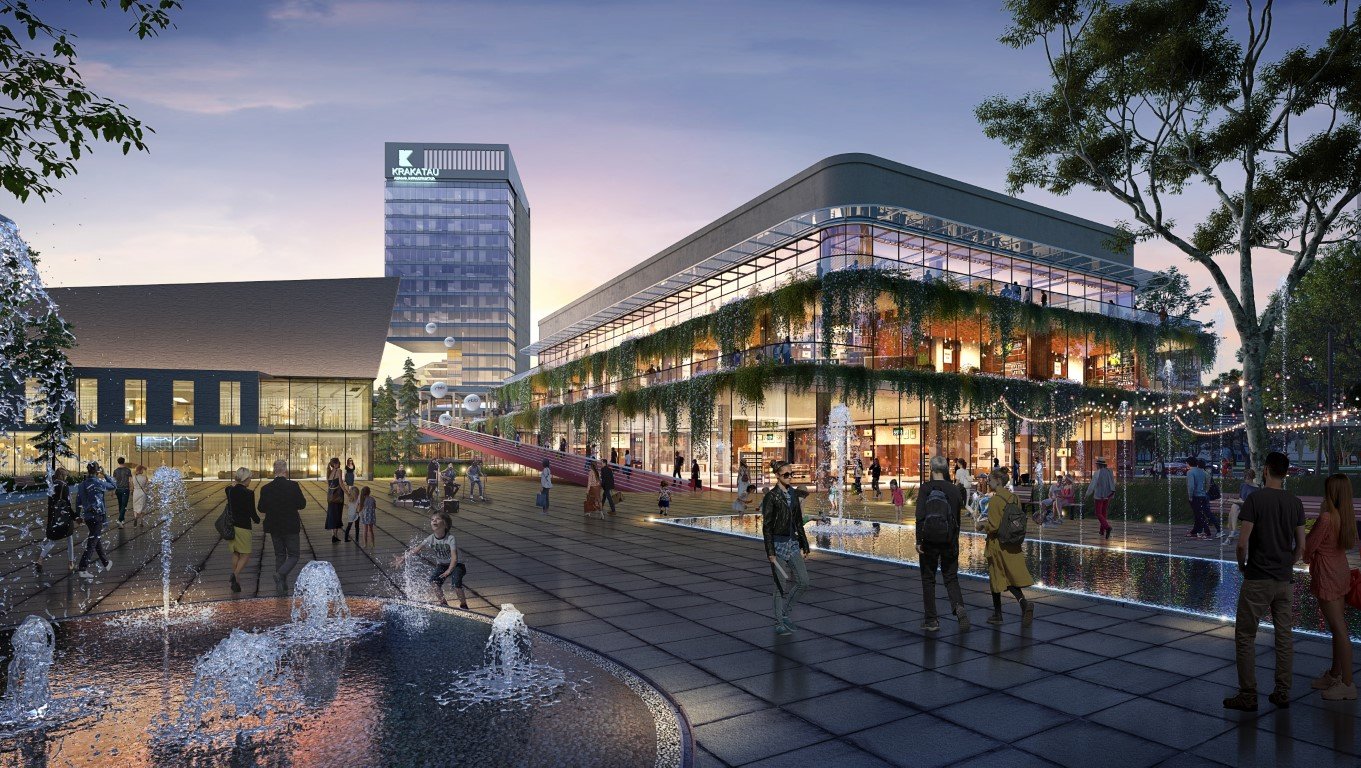
The Krakatau Steel City in Indonesia
Additionally, the implementation of a
modular ‘digital township’ operated by a
centralised digital platform, as
demonstrated in Malaysia’s ‘Sedenak
Technology Valley,’ presents another
path to fostering citizens’ well-being.
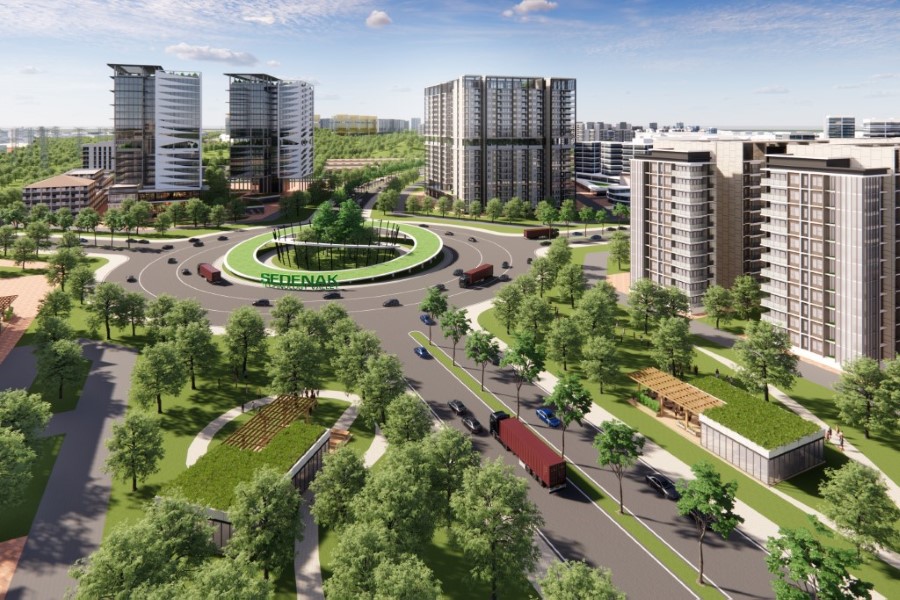
Malaysia’s Sedenak Technology Valley
Cities can also strive towards sustainability by creating innovative solutions like the world’s first net-zero industrial park, the ‘Ordos Net-zero Industrial Park’ in China.

The Ordos Net-zero Industrial Park in China
In Vietnam, the Quang Tri Master Plan transformed the city’s economy from low value agricultural base to one that is high value, high tech and high yield. With the transformation, the area will be able to retain talent who would leave the city in search of higher income in other urban areas. The master plan also protects the area’s long coastlines with a ‘sponge city’ concept to prevent natural disaster risks.
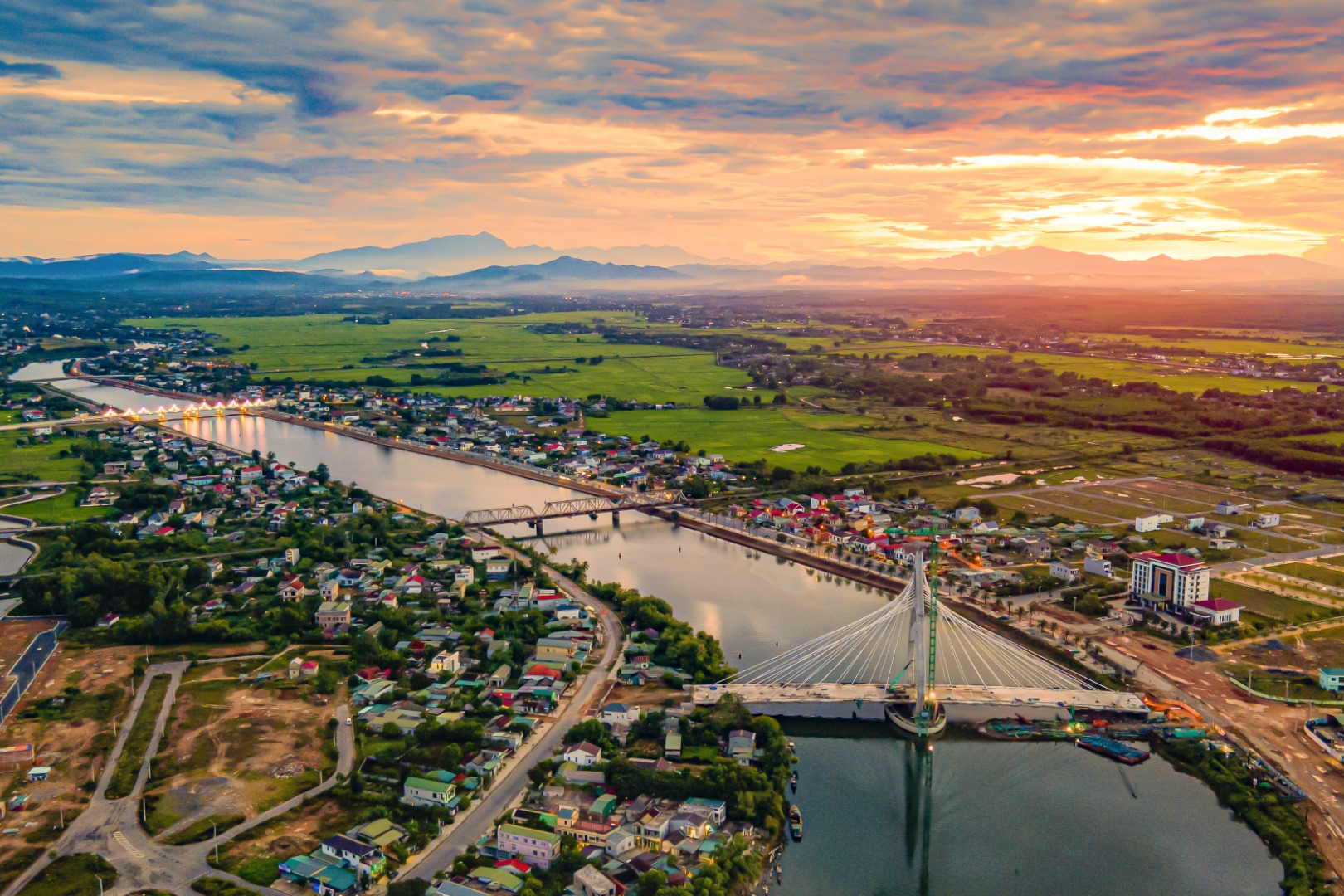
Sunset at the river at Dong Ha City, capital
of Quang Tri province
Cities serve as economic powerhouses, with over 80 percent of the global GDP being generated
within their boundaries. Nevertheless, rapid urbanisation poses numerous challenges. The scarcity
of affordable housing leads to informal settlements and criminal activities, while the lack of adequate
public transport infrastructure results in congestion and pollution. Additionally, urban sprawl
contributes to the loss of biodiversity. Considering that half of the world’s population resides in cities
presently, it becomes crucial to monitor and benchmark the quality of life for citizens. This step is
instrumental in promoting the well-being of cities and shaping the lives of their inhabitants. Moreover,
it represents a significant stride towards achieving Sustainable Development Goal 11, which focuses
on creating sustainable cities and communities, ultimately contributing to a better world.
The SEEDS Journal, started by the architectural teams across the Surbana Jurong Group in Feb 2021, is a
platform for sharing their perspectives on all things architectural. SEEDS epitomises the desire of the Surbana
Jurong Group to Enrich, Engage, Discover and Share ideas among the Group’s architects in 40 countries, covering
North Asia, ASEAN, Middle East, Australia and New Zealand, the Pacific region, the United States and Canada.
Articles at a glance





